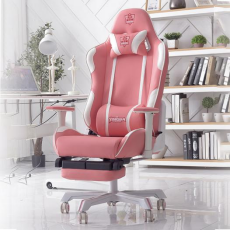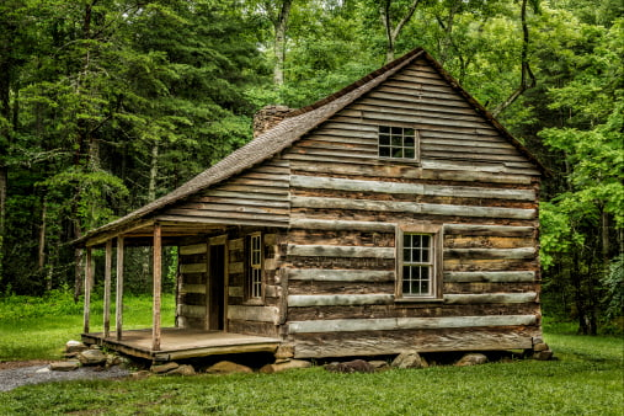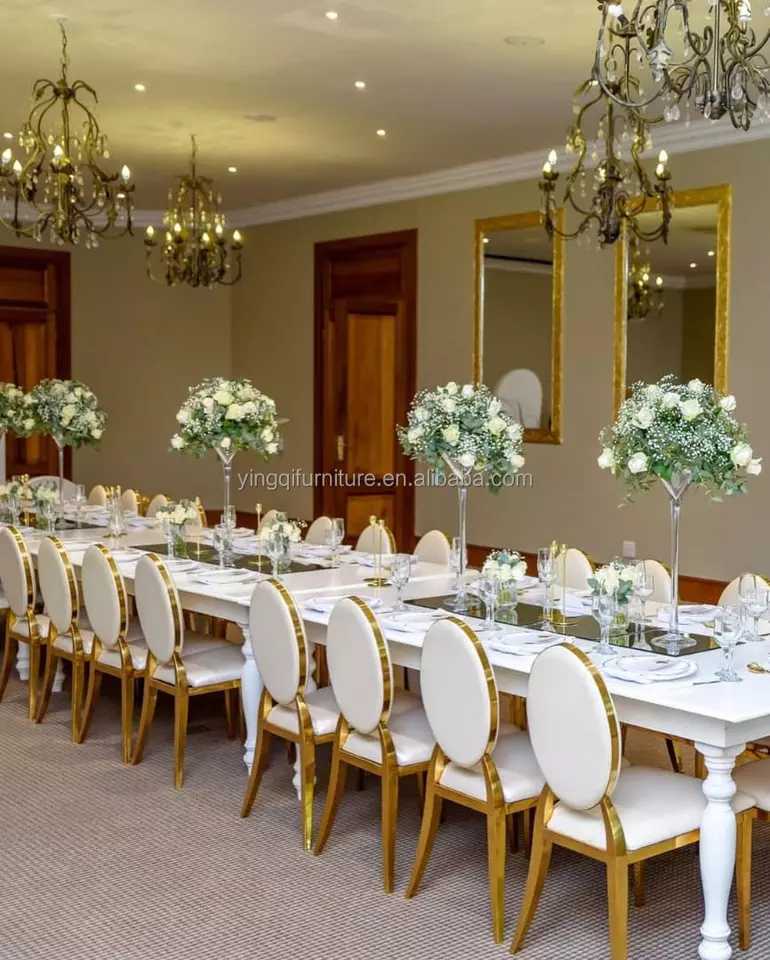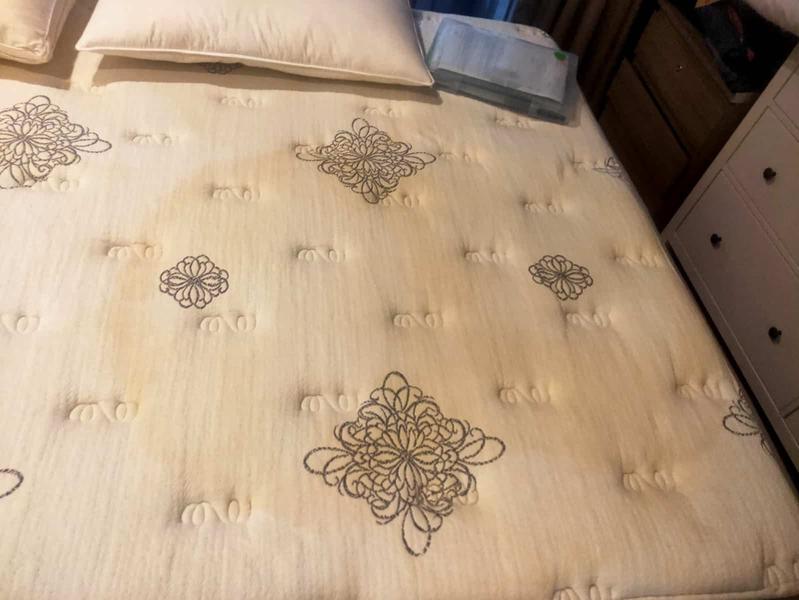How to Distress Furniture
Last Updated: April 6, 2021References
Download ArticleX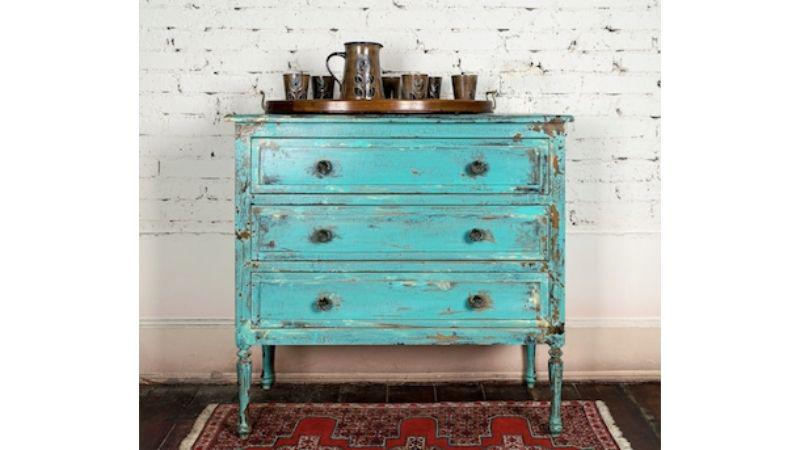
This article was co-authored by Tanglewood Sue and by wikiHow staff writer, Hunter Rising. Tanglewood Sue is a DIY and Upcycling Specialist and the Owner of Tanglewood Works out of Hyattsville, Maryland. With over nine years of experience, Sue specializes in upcycled painted furniture and other handmade, personalized, and sustainable goods. With her passion for art and reinvention, marketing experience, and Bachelor’s Degree in Broadcast Media, Sue has been able to create a business that not only provides quality pieces but empowers customers to create their works through her library of DIY tutorials and live demos as well as DIY supplies.
There are 9 references cited in this article, which can be found at the bottom of the page.
This article has been viewed 75,277 times.
Distressing is a simple process that makes newer furniture look antique by manually adding wear and tear. You can distress wood, laminate, or metal easily by yourself to make your furniture unique. While the project does require paint with a chalky finish and sealing wax, you can finish the rest with tools and supplies around your own home. Once you’re finished distressing your furniture, you’ll have a brand new piece that looks like it’s been passed down for generations!
Steps
Method 1Method 1 of 2:Distressing Wood and Laminate
Method 2Method 2 of 2:Aging Metal Furniture
Community Q&A
SearchAdd New QuestionAsk a Question200 characters leftInclude your email address to get a message when this question is answered.SubmitAdvertisementThings You’ll Need
Distressing Wood and Laminate
Aging Metal Furniture
You Might Also Like
How toRefinish a Coffee TableHow toWax FurnitureHow toStain Teak FurnitureHow toRefinish a DeskHow toOil Teak FurnitureHow toRestore Wooden FurnitureHow toStain VeneerHow toLacquer FurnitureHow toDecoupage a TableHow toRefinish a DresserHow toApply Clear Coat on WoodHow toRemove Wood StainHow toRemove ShellacHow toVarathane a TableAdvertisementReferences
More References (3)About This Article
Co-authored by:Tanglewood SueDIY & Upcycling SpecialistThis article was co-authored by Tanglewood Sue and by wikiHow staff writer, Hunter Rising. Tanglewood Sue is a DIY and Upcycling Specialist and the Owner of Tanglewood Works out of Hyattsville, Maryland. With over nine years of experience, Sue specializes in upcycled painted furniture and other handmade, personalized, and sustainable goods. With her passion for art and reinvention, marketing experience, and Bachelor’s Degree in Broadcast Media, Sue has been able to create a business that not only provides quality pieces but empowers customers to create their works through her library of DIY tutorials and live demos as well as DIY supplies.This article has been viewed 75,277 times.5 votes - 80%Co-authors:11Updated: April 6, 2021Views: 75,277Categories: Featured Articles | Furniture Finishes | Furniture Makeover and Repurposing ProjectsArticle SummaryXTo distress wood and laminate furniture, start by stripping off the finish using 120-grit sandpaper, and wiping the furniture with a damp cloth to remove any dirt and dust. Next, dry the surface with a clean cloth and apply a coat of chalk paint, which has a matte finish and scrapes off easily. Once the paint is dry, brush on a second coat and let it sit for 3 to 4 days so the paint adheres to the furniture. Afterwards, use another piece of 120-grit sandpaper to scrape off the paint from areas where you would normally see wear and tear, like the corners and edges. Finally, rub your furniture with a cheesecloth dipped in finishing wax to seal the wood and paint. To learn more, including how to distress metal furniture, scroll down!
Did this summary help you?In other languagesPortuguês:Envelhecer MóveisEspañol:dar un aspecto desgastado a un muebleThanks to all authors for creating a page that has been read 75,277 times.Did this article help you?
AdvertisementCopyright © 2023 furnitureknowledges.com. All rights reserved.
